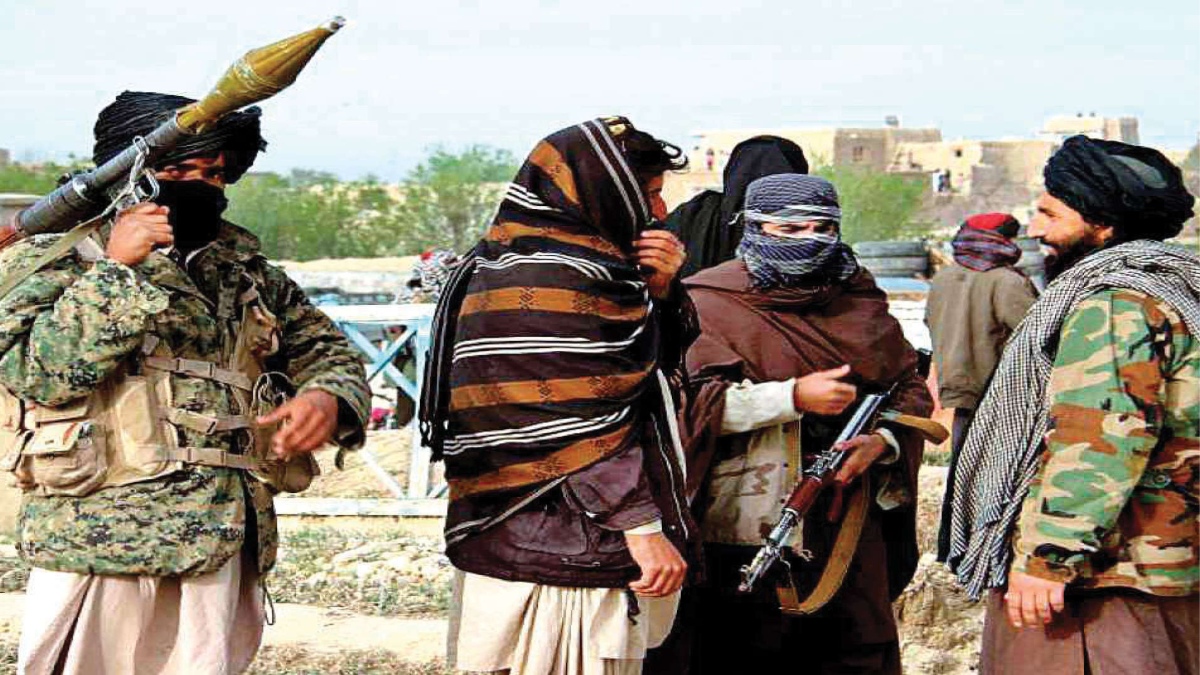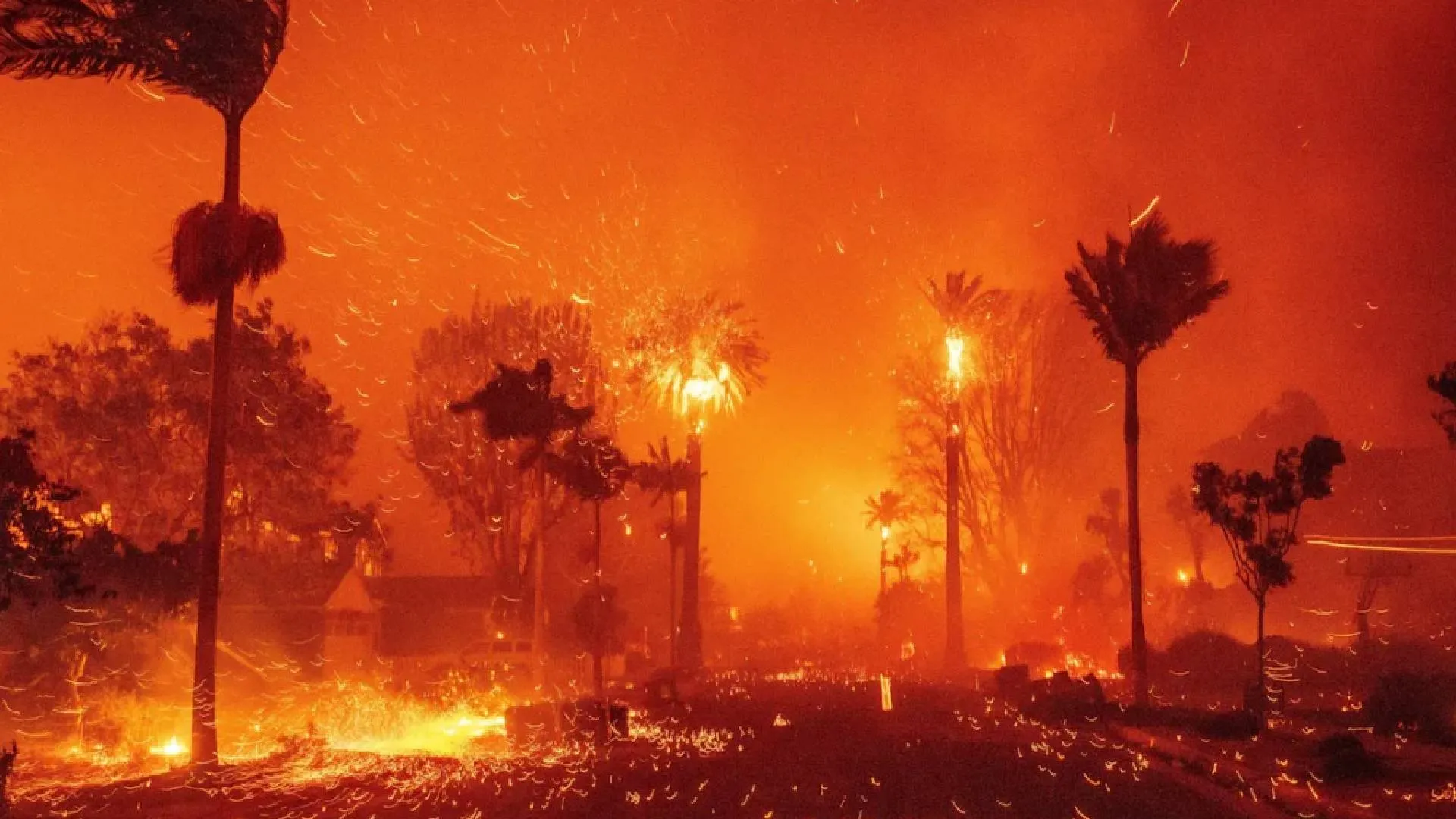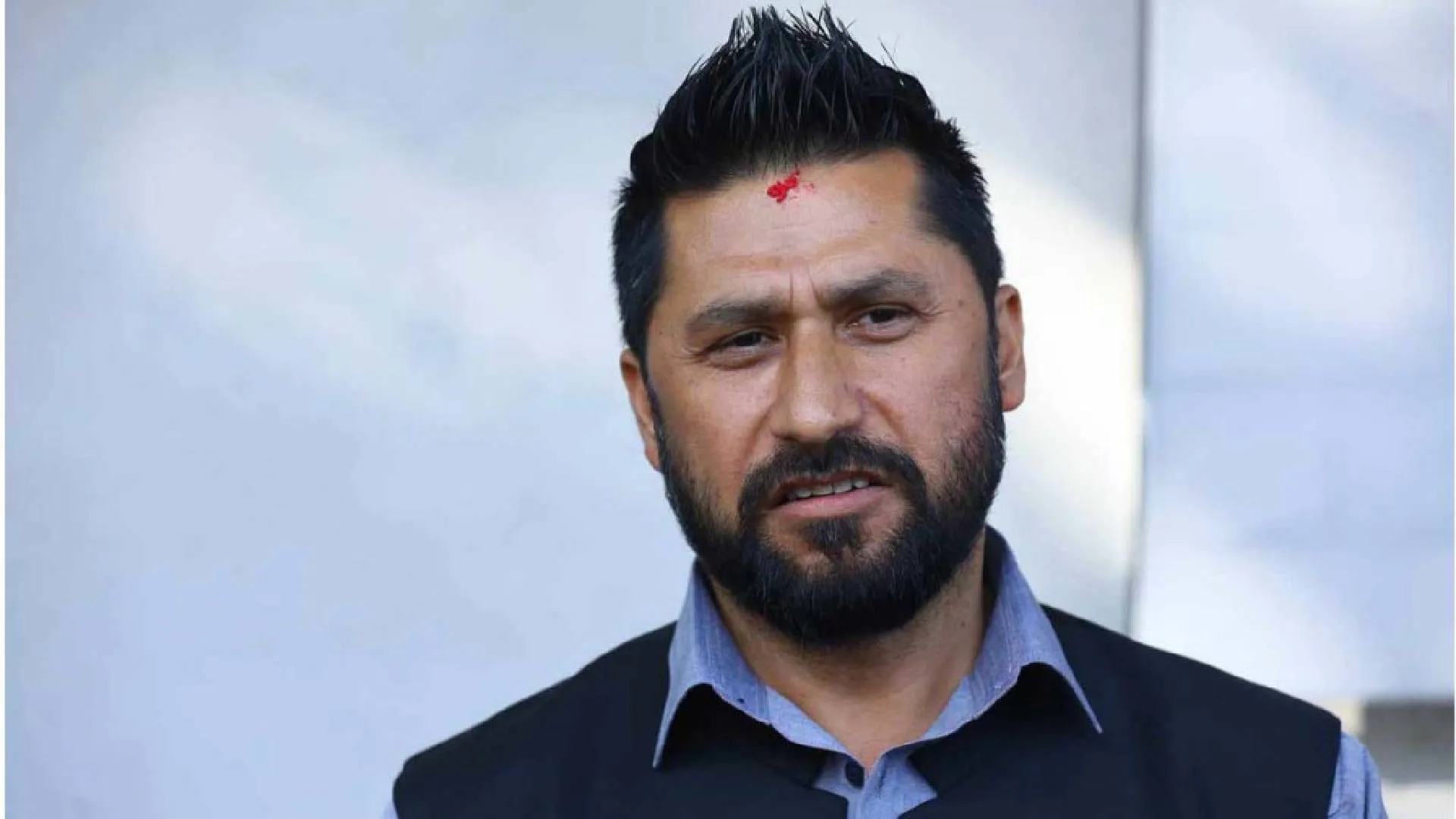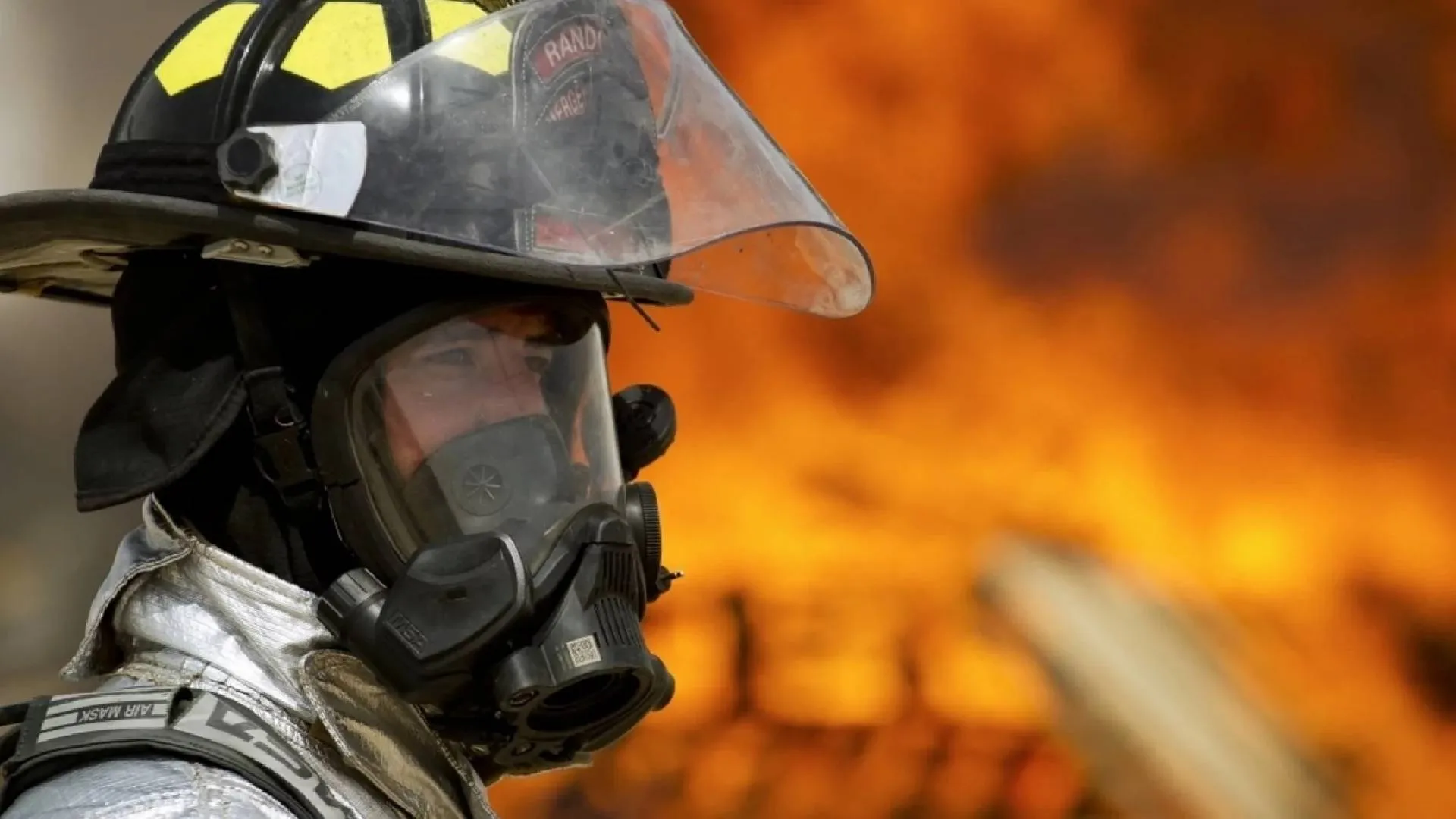The US is likely to exit the landlocked Afghanistan soon. Does India have a stake in the troubled region of Afghanistan today? The answer is a poignant yes. And left alone, things will get from bad to worse.
Here is a leaf out of history. In 600 BC, the famous land of Ambhi, Kamboj and the valley of the five milky rivers, the Panchashira or Panjshir valley, bordered by the Hindukush ranges on the west, was a challenge for Alexander attempting his eastward conquest after Darius of Persia. A quote from an Ashwin Sanghi narrative goes, “But the Macedonian conqueror made short shrift of the arrangement of Darius and over-running the Achaemenid empire, dashed into Afghanistan and encountered the stiff resistance from the Kambojas tribes, called Aspasian and Assakenois, known in Indian texts as Ashvaya and Ashvakayana”. The Ashvakayans were the ancestors of the Afghans and Shivagupta was a famed king of the Ashwakayans.
The Hindukush, in the 21st century, is still India’s gateway to an international standing in the comity of nations.
US, AFGHANISTAN AND INDIA
The US entered Afghanistan in 2001. Two decades and four presidents later, current president Joe Biden sent across a message in April 2021 about an intention to withdraw US troops in September 2021. Since the US-led invasion that ousted the Taliban after the September 11, 2001 attacks, America has spent more than USD 1 trillion in fighting and rebuilding in Afghanistan. About 2,450 US soldiers have been killed and over 20,700 others have been injured in the war in Afghanistan. It is the longest running conflict for the USA. The date of this announcement coincided with the 20th anniversary of the attacks on US soil in 2001. Former President Donald Trump, who lost the re-election to Biden in November last year, had set the withdrawal deadline for the US on May 1 this year, which is now September 11. The implication of this has set the cat among the pigeons in Kabul.
Over the past 20 years, US involvement in Afghanistan has not worked out well for either side. The idea of OP Moshtarak was a classic example of the US’ disconnect with rural Afghans. In the initial years, Operation Moshtarak was launched in Marjah and Lashkar Gah. The concept of ‘killing a lot of Taliban and having tea with locals’ did not work out as the Taliban remained inseparable from the locals. Cultural advisers were then embedded with the US troops on ground to lend a community approach prior to operations.
The stage today is set differently from the first decade of the millennia. The Ahmed Shah Massouds and Dostams of the Northern Alliance are long gone. A power vacuum in Afghanistan would now bring back Taliban with a vengeance, revisit Mazaar-i-Sharif-like massacres and leave many ‘Najibullahs’ shamed in every street of Kabul. Invariably, a UN-led peace enforcement under the UN Security Council Chapter VII is the most likely scenario, which would evolve but probably after much wasted time and unnecessary bloodletting. This is the right time and place for India to take notice of the looming Taliban threat that will soon spill over to Kashmir, if it does not act now. Positive participation in peace enforcement is on the cards.
THE RATIONALE OF THE US DRAWDOWN
In 2009, as Vice President under Barack Obama, Joe Biden had strongly opposed expanding US military presence in the country and maintained that its goal should be restricted to counterterrorism missions. But despite his arguments, Washington went on to increase the number of its troops from 36,000 in 2009 to almost 1 lakh in 2010. It was only after the killing of Osama bin Laden by a SEAL team in Pakistan’s Abbottabad in 2012 that the US began winding down its presence in Afghanistan.
The decision to withdraw is based on data gathered by American intelligence, which suggest that Al Qaeda or other terrorist groups do not pose an immediate threat to the United States from Afghanistan, The New York Times reported. This is a clear indicator that ‘regional stability’ is not on the US platter. Given the Chinese activism against the US in the South China Sea, the USA has its bags full.
A VIETNAM OF A DIFFERENT KIND
A peek at Central America, Vietnam and Iraq would show the barren trail of US forces withdrawing around the globe. Recently on April 18, famous BBC correspondent Lyse Doucette, in her reflections, observed that the Taliban saw US withdrawal as a victory for them while at the Doha (US-Taliban) conference in Qatar in 2020. She observed that the Taliban will simply come back to Kabul, revert to an Islamic society, and Pakistan will again be flush with refugees fleeing an Islamizing Afghanistan where a witch hunt for all non-Islamic people would be on.
Here is a challenge for India: should India take the initiative and extend a stabilizing support with active troops to the Abdullah Abdullah regime? Much of the Afghan security establishment since the days of Hamid Karzai is trained by Indians; their diplomatic orientation is pro-India. A lack of expression by a strong Indian nation that has warded off the PLA adventurism would send wrong signals to the Taliban.
The recent remarks by the Chief of the Indian Army on Kashmir are a further indicator of the things to come. It is the right juncture for India to raise its concerns in the Security Council regarding the evolving Afghan conundrum. At this point, China is grappling with its Uighur problem and the US with its Quad issues is not likely to oppose as long as financial contribution comes from the G20 nations. That is a matter of detail for the UN Headquarters in New York and concerned UNHCR at Geneva. When the deployment is approved by the UN, India should be the largest contributor of troops.
The author is a veteran of the armed forces, having served 30 years with counter-terrorism and LC experience. As an Army aviator he has carried out extensive operational flying in J&K including Ladakh and participated in the Kargil conflict. An MPhil from Panjab University, he also has literary interests. Familiar with the terrain north of Pir Panjals, he focused on Afghanistan for his MPhil while at Panjab University. He took early release from service in 2017 and is settled in Hyderabad, now pursuing research in Defense and Strategic Studies.






















